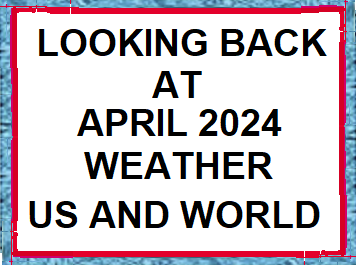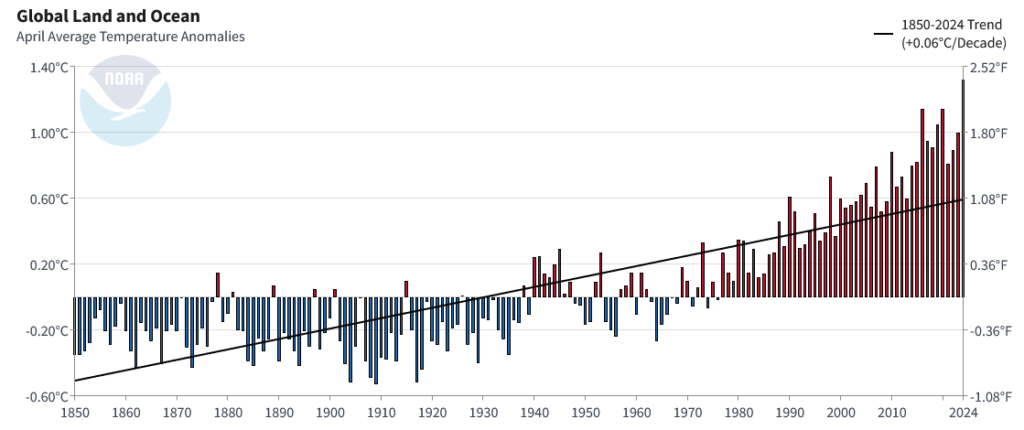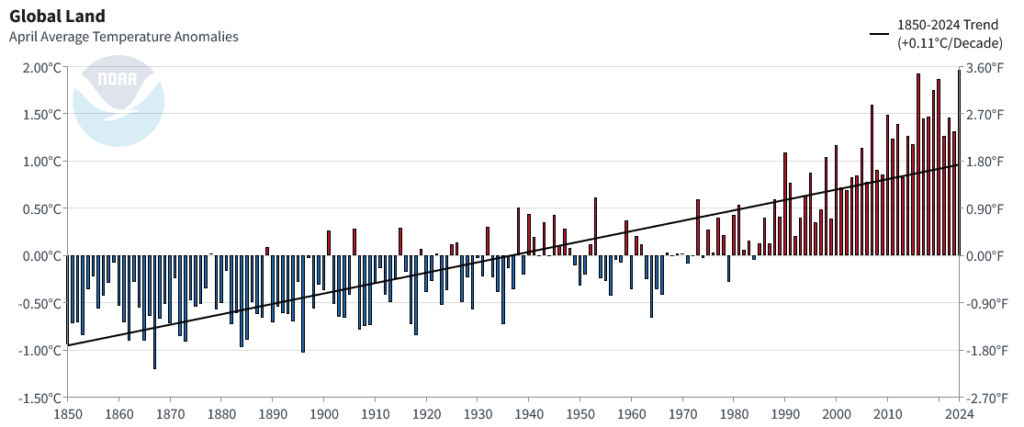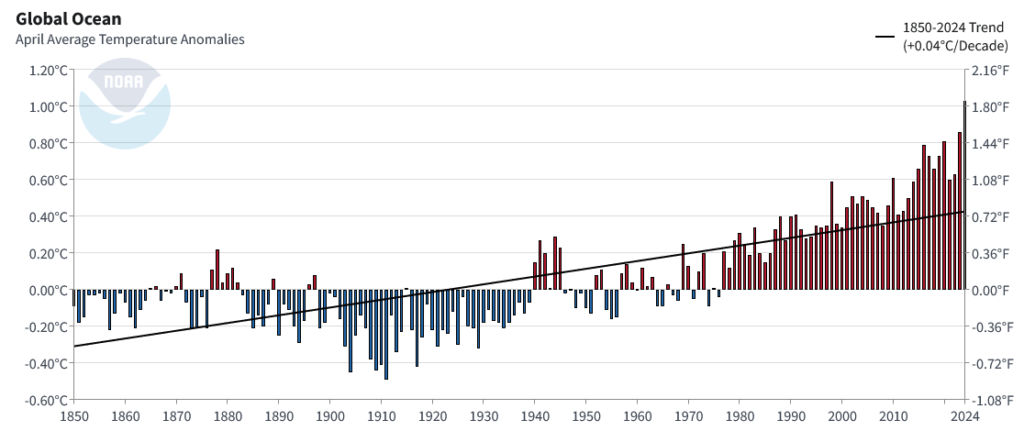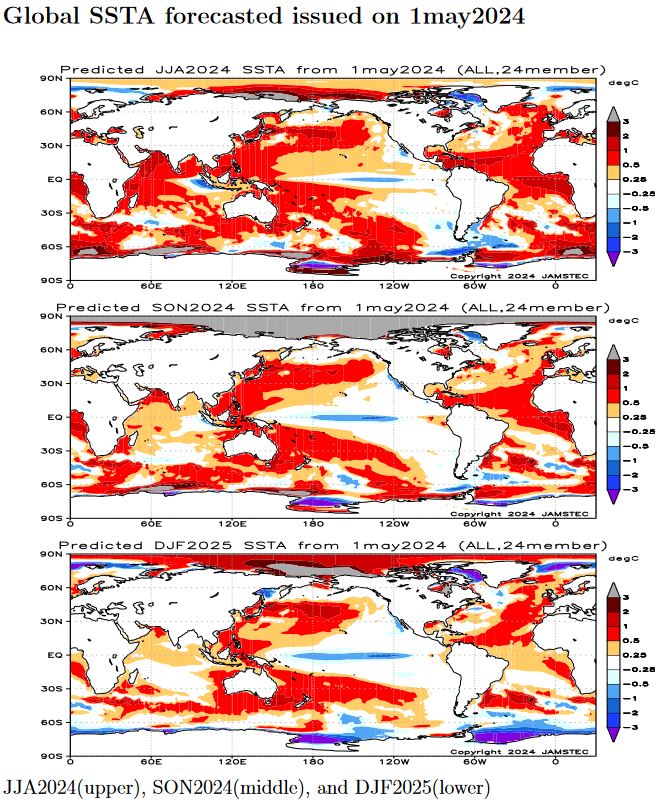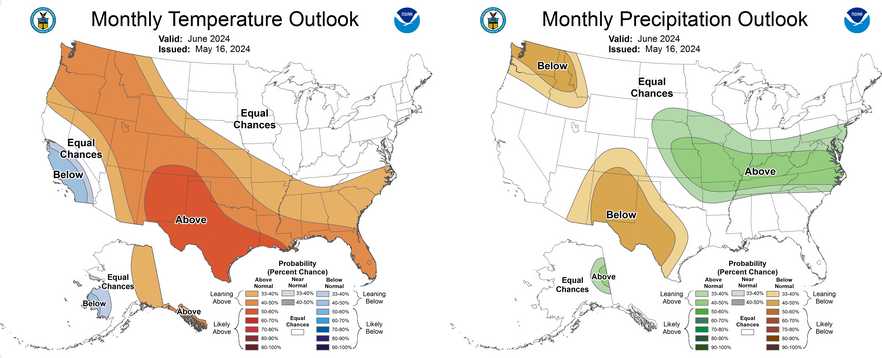Short Range Forecast Discussion
NWS Weather Prediction Center College Park MD
Sat May 18 2024
Valid 12Z Sat May 18 2024 – 12Z Mon May 20 2024
…Unsettled weather with chances for excessive rainfall and severe
thunderstorms continues across the Southeast Saturday…
…Severe weather potential returns to the Central Plains on Sunday…
…Sweltering heat continues across South Florida and southern Texas,
building into the southern High Plains this weekend…
A wet Saturday is in store for the Southeast as an upper-level wave and
associated surface frontal system focused along the Gulf Coast lead to a
broad area of showers and thunderstorms. Rich moisture along and south of
this boundary may lead to some locally heavy downpours, with a Slight Risk
of Excessive Rainfall (level 2/4) in place for portions of southern
Alabama, southwestern Georgia, and the Florida Panhandle. An expected
round of widespread, organized thunderstorms over wet soils from storms
already occurring overnight Friday will lead to the threat of some
scattered instances of flash flooding. Some storms will also carry the
threat for damaging winds and an isolated tornado or two, with a Slight
Risk of severe weather (level 2/5) extending eastward further into
southern Georgia and northern Florida. Moderate to locally heavy rainfall
will be possible elsewhere to the north of the boundary, with a few
additional isolated instances of flash flooding possible. Additional
showers will expand northward into the Mid-Atlantic, and onshore flow
ahead of a system over the Atlantic will bring showers to New England as
well, but these should remain lighter than those over the Southeast. Storm
chances will taper off from west to east for much of the Southeast
overnight Saturday and into early Sunday as the northern part of the
frontal system pushes eastward into the Atlantic. A trailing cold front
will keep storms in the forecast for Florida Sunday.
Some light showers and thunderstorms are expected ahead of another system
moving through the northern Plains into the Upper Midwest/Great Lakes
region Saturday, though these should generally remain light. Then, on
Sunday, additional upper-level energies approaching from the West will
bring a renewed chance of storms more broadly across the Northern/Central
Plains and into the Midwest on Sunday. Moist southerly return flow
following a warm front lifting into the Northern Plains/Midwest and ahead
of a dryline over the High Plains will lead to sufficient instability for
some robust thunderstorm development. The Storm Prediction Center has
introduced an Enhanced Risk of severe weather (level 3/5) for portions of
the Central Plains for the threat of very large hail, damaging winds, and
a few tornadoes. Some locally heavy rainfall will also be possible,
particularly from the Central Plains northeastward into the Upper
Mississippi Valley. Some storms are also expected in the Northern Rockies
as these upper-level energies pass overhead, with some snow possible into
higher mountain elevations.
Intense Summer-like heat will continue over portions of South Florida and
southern Texas this weekend, and expand in coverage into portions of the
southern High Plains. Forecast highs will be in the 90s for Florida with
mid-90s to mid-100s in Texas, potentially record-tying/breaking levels.
When combined with the humidity, heat indices will soar to near 110 in
South Florida, with Heat Advisories in place for Saturday. While not quite
as hot, temperatures will still be well above average more broadly across
much of the country this weekend, particularly from the Central Plains
into the Midwest where highs in the 80s to near 90 will be common. Highs
will also be above average for portions of the West, with 70s and 80s in
the Great Basin/interior California and 90s to low 100s in the Desert
Southeast. More temperate, below average conditions are expected along
much of the East Coast, with 50s and 60s in New England and 60s and 70s
into the Mid-Atlantic/Carolinas. The Pacific Northwest/Northern Rockies
will also be cooler, with highs in the 50s and 60s expected here as well.
Variable temperatures are forecast for the Southeast due to ongoing
storms, with mainly 80s expected.
